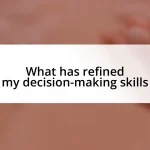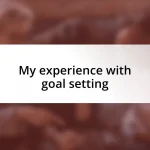Key takeaways:
- Building foundational design skills involves mastering software and understanding design principles, such as color theory and typography.
- Finding a unique design style requires experimentation and introspection, reflecting one’s personality and perspective in work.
- Networking and showcasing work online are crucial for attracting clients and building a community around one’s design journey.
- Continuing education through courses, workshops, and industry resources is essential for ongoing growth and improvement as a designer.

Building foundational design skills
One of the first steps I took in my freelance journey was immersing myself in various design tools. I remember grappling with Adobe Illustrator at first; its vast array of features felt overwhelming. Ever been in a similar position where you felt lost yet excited? That’s the moment when frustration transformed into a passion for learning, as I realized that mastery doesn’t come overnight but through consistent practice and exploration.
As I gradually honed my skills, I discovered that understanding the principles of design was just as crucial as knowing how to use the software. For instance, recognizing the impact of color theory reshaped the way I approached projects. Have you ever pondered why certain brands resonate more than others? It’s often that thoughtful use of color and harmony in design that makes a piece stand out, and that’s a lesson I deeply internalized.
At times, I looked back at my early attempts and cringed; those designs now seem so basic. But each project taught me something valuable—like the importance of typography. I learned that type can evoke emotion and set the tone for a design. Did you know that simply changing a font can dramatically alter a viewer’s perception? Understanding these nuances is what truly builds a solid foundation in graphic design.

Finding your unique style
Finding your unique style is a journey that blends experimentation with introspection. I recall experimenting with different artistic influences—trying out minimalist designs one week and going for bold, colorful graphics the next. Each exploration felt like a little window into who I was as a designer. When was the last time you tried something completely different? Those moments of stepping outside my comfort zone not only expanded my skill set but also allowed me to uncover what truly resonated with me.
You see, developing a unique style isn’t just about aesthetics—it’s about reflecting your personality and perspective. I remember the day I combined vintage elements with modern techniques in a freelance project for a local café. It was incredible to witness how my design choices echoed the café’s quirky vibe, blending my love for nostalgia with contemporary design. Have you had a project that felt like an extension of yourself? That synergy between client needs and personal expression is where the magic happens.
As I delved deeper, I started identifying specific visual elements that felt authentically “me,” like certain color palettes or patterns that sparked joy. I would often doodle my thoughts in a sketchbook, letting creative intuition guide me. This practice helped clarify what I loved to create. Have you considered creating a mood board? Collating your favorite styles can be a fantastic way to visualize your unique flair. The process is ongoing, and I constantly reassess my style as I grow, which keeps the excitement alive.
| Aspect | My Experience |
|---|---|
| Experimentation | Tried various styles like minimalism and bold graphics |
| Self-reflection | Realized my designs mirror my personality and perspective |
| Visual Elements | Developed a penchant for certain color palettes and patterns |
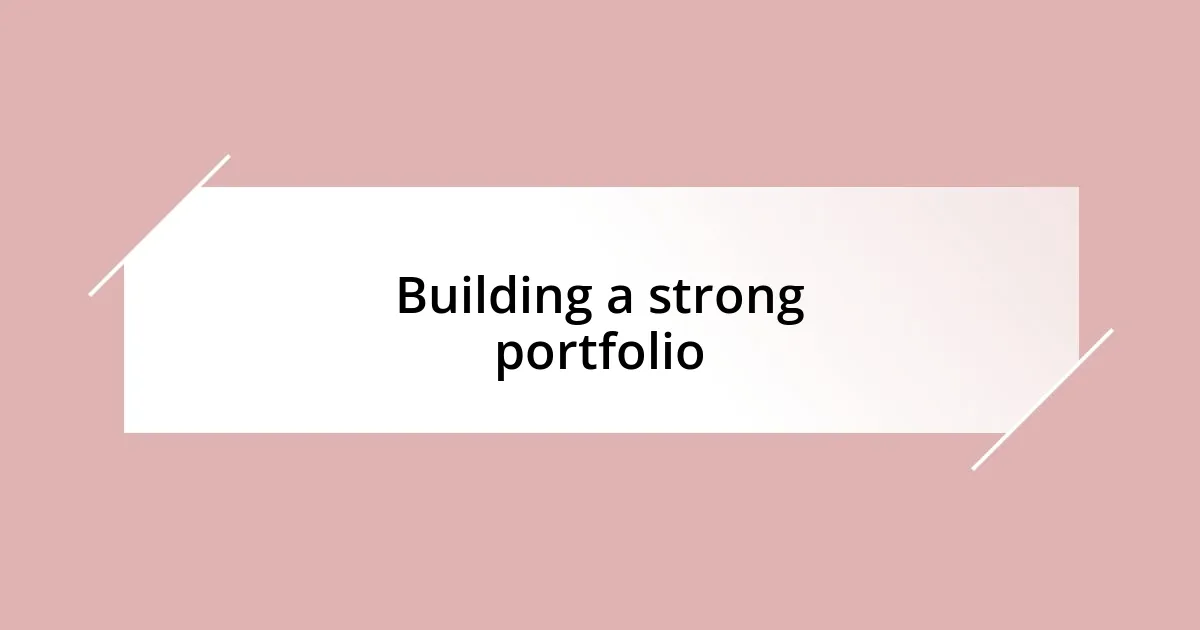
Attracting clients and networking

Attracting clients and networking
Attracting clients in the freelance world felt daunting at first, but I quickly learned that networking could be a game changer. I remember attending my first local design meetup; I was nervous but eager to connect with others in the field. That evening led to forming friendships that blossomed into collaborations and referrals. Have you ever realized how a simple conversation can open doors you never knew existed? Networking isn’t just about exchanging business cards—it’s about building genuine relationships.
To successfully attract clients, I focused on showcasing my work online through social media platforms and a personal website. I made an effort to share not only completed projects but also my creative process, which helped potential clients connect with me on a more personal level. Here are some strategies that worked for me:
– Leverage social media: Regularly post your work on platforms like Instagram and Behance.
– Engage with other creatives: Comment on posts and join conversations in design forums or groups.
– Attend events: Networking events, webinars, and workshops are great for meeting industry peers.
– Referral incentives: Encourage satisfied clients to refer your services by offering a discount on future work.
– Collaborate: Partner with other professionals—like photographers or writers—to expand your reach.
Each of these strategies allowed me to not only attract clients but also create a community around my design journey. It reminded me that sometimes, the connection you forge today can lead to the opportunities of tomorrow.
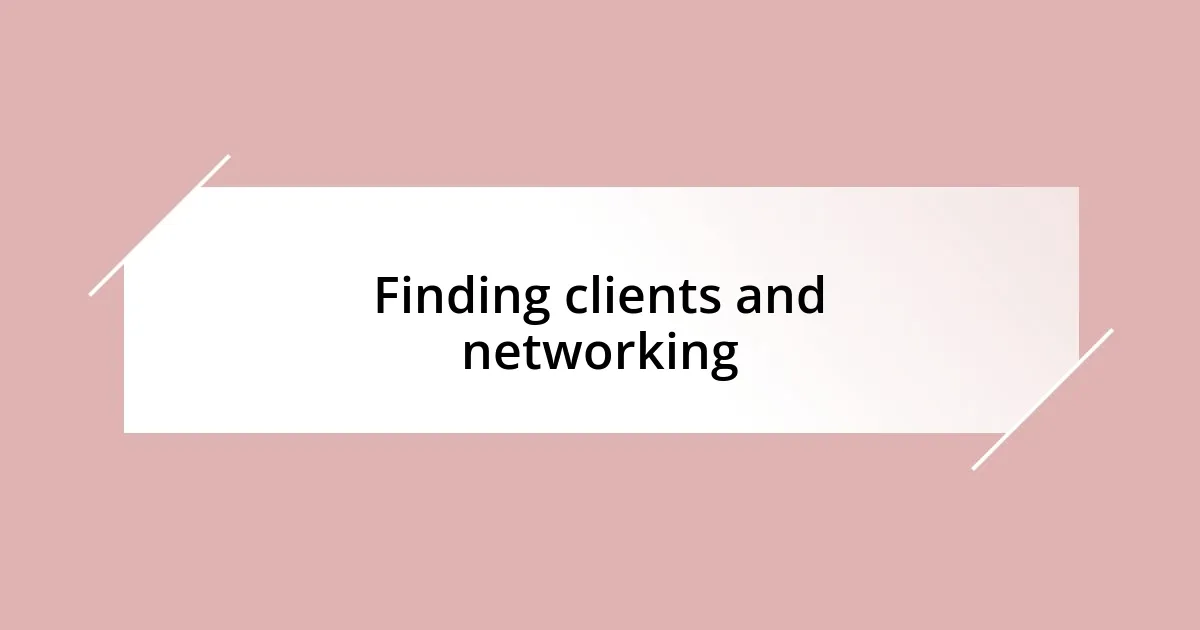
Managing projects and timelines
Managing projects and timelines can feel like walking a tightrope—exciting yet daunting. I often find myself juggling multiple clients with varying deadlines, and it can get overwhelming. I distinctly remember a week when I had three projects due simultaneously. My solution? I created a detailed schedule that broke down milestones and daily tasks. Have you ever felt the pressure of looming deadlines? This experience taught me that planning isn’t just a suggestion; it’s a necessity.
I’ve also realized the importance of setting realistic timelines based on my workload and personal capacities. Early on, I tended to overestimate what I could accomplish in a day. One memorable project involved designing a brand identity for a startup, which I initially thought I could finish in a couple of days. I ended up pulling late nights, which stressed me out immensely. Now, I carefully evaluate how long each task will take, include buffer time for unexpected hiccups, and set clear expectations with clients from the start. How often do you find yourself re-evaluating your timelines?
Communication is crucial when managing projects. I make it a habit to keep my clients updated with regular progress reports. For instance, I once had a client who was anxious about the direction of their branding project. Holding a casual check-in call not only eased their concerns but also made them feel involved in the process. Engaging with clients and showing that you’re invested in their vision truly helps in building trust and ensuring a smoother project flow. What methods do you use to keep your clients in the loop?
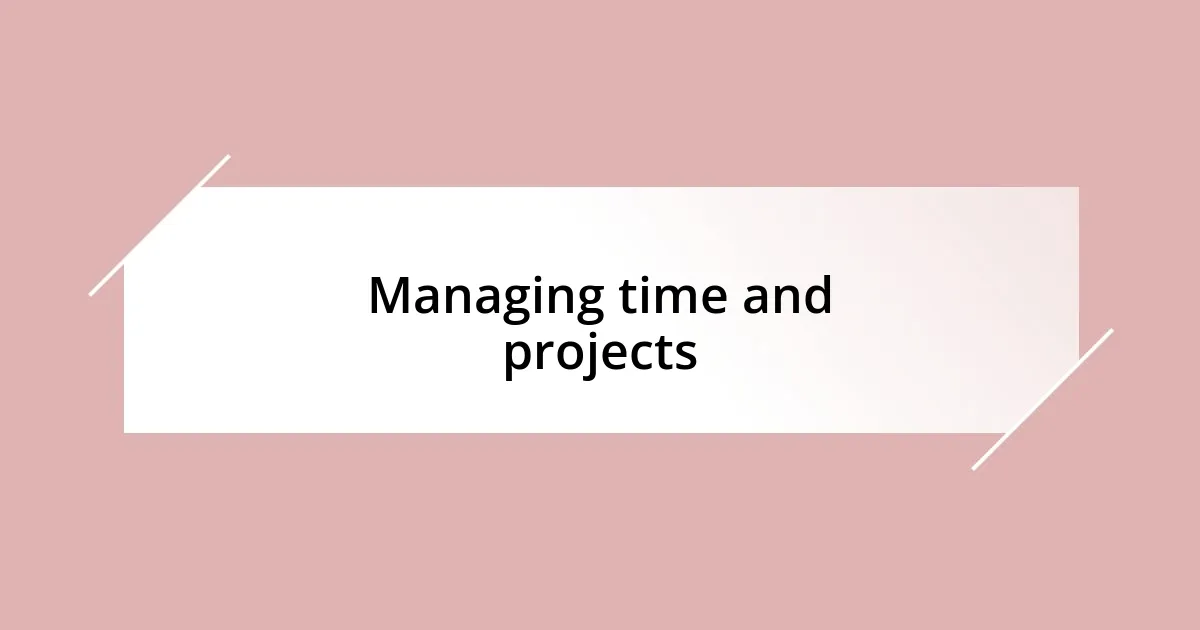
Continuing education as a designer
Continuing education is a vital part of my growth as a freelance graphic designer. I’ve taken various online courses that specialize in different design software—like Adobe Illustrator or Sketch—because staying current means I can offer my clients the best. One particular course on typography opened my eyes to the power of fonts. Can you imagine the effect a well-chosen typeface can have on a design project? It’s like finding the perfect key for a lock; it just fits.
I also make a point to attend design workshops whenever possible. There’s something invigorating about being in a room filled with creative minds, exchanging ideas and techniques. I remember attending a two-day workshop on visual storytelling, which inspired me to approach my projects with a new perspective. Have you ever participated in a hands-on learning experience that completely shifted your mindset? I came back from that workshop with so many practical tips that I implemented, and the feedback from my clients improved significantly.
Reading books and following industry blogs are additional ways I keep learning. Insights from experienced designers provide fresh inspiration and often challenge my thinking. For instance, a blog post I stumbled upon about minimalism in design transformed how I approached my projects. It made me rethink how I used space and elements. What resources do you turn to when looking for design inspiration? I find that sharing what I learn with my peers not only reinforces my understanding but also helps build a supportive creative community.




